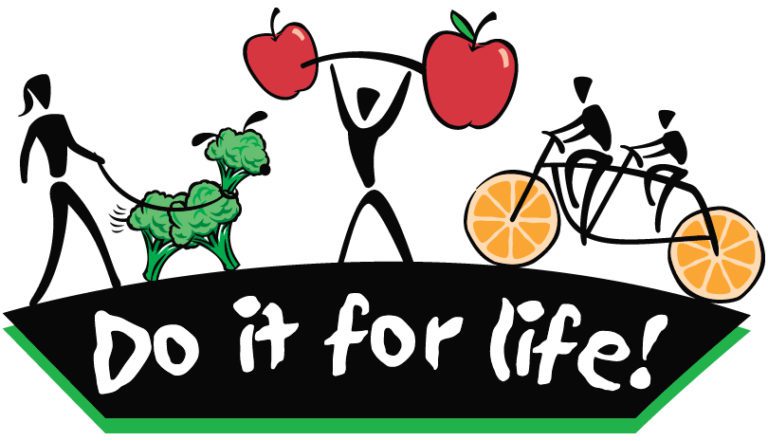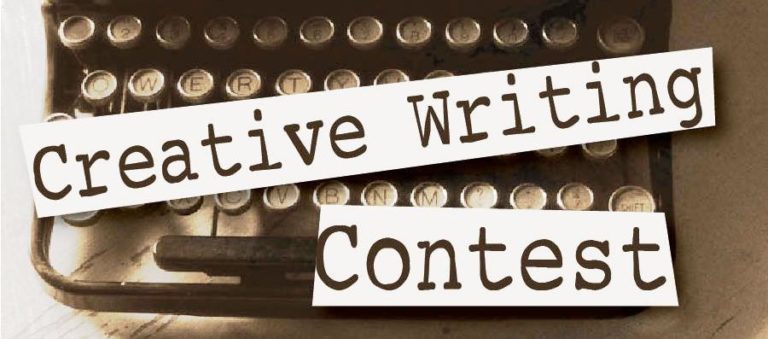Why Study American Sign Language?
 Twenty-three years ago I awoke to a profound silence. I thought it was an ear infection, but the ENT specialist had a different diagnosis—sudden sensoineural hearing loss (SSHL). Most of us call it sudden deafness. I lost the ability to hear at least 30 decibels in my left ear and over 50 in my right making conversational speech near impossible to hear. I also developed tinnitus (a ringing in the ear) in both ears.
Twenty-three years ago I awoke to a profound silence. I thought it was an ear infection, but the ENT specialist had a different diagnosis—sudden sensoineural hearing loss (SSHL). Most of us call it sudden deafness. I lost the ability to hear at least 30 decibels in my left ear and over 50 in my right making conversational speech near impossible to hear. I also developed tinnitus (a ringing in the ear) in both ears.
Experts say SSHL strikes one person in 5000 every year, typically adults in their 40s and 50s. It struck me twice. First when I was 44 and again at 50. My ENT guy prescribed steroids, but my hearing didn’t return.
Once it was determined that the hearing loss was permanent I was sent to an audiologist for hearing aids. Classes in speech reading were also suggested. Speech reading is using what you see on the speaker’s lips as well as their facial expressions and gestures to understand conversation.
In class I learned that we all lip read, but just don’t realize it. However, when a person is deafened and has lip reading skills the best he can grasp is about 40%-60% of the conversation. Since I found this frustrating, I decided to learn the language of the deaf, American Sign Language (ASL). I was pleasantly surprised to see I wasn’t alone in my desire to learn ASL.
Languages like Yiddish and many Native American languages like Patwin are dying off, but ASL is growing in usage everyday. For example, in California since 1988 all high school students have to complete a minimum number of courses in a foreign language to receive a high school diploma. Similar laws accepting ASL are on the books in all 50 states. My daughter, Koren, took three years of ASL at Birmingham High School in Lake Balboa, CA.
In California as well as school districts throughout the country deaf and hard-of-hearing students are mainstreamed into the regular classroom necessitating the need for more ASL interpreters.
At California State University, Northridge (CSUN) there is an exceptional Deaf Studies program. CSUN is one of only two institutions in the nation offering a comprehensive undergraduate program in Deaf Studies. (The other is Gallaudet University in Washington, DC.)
Pierce College in Woodland Hills, CA has an Interpreter Education program and ASL classes in place since 1979. According to the Pierce College website, “Many other colleges and universities throughout the United States recognize ASL as satisfying their foreign language requirements.”
Consequently, employers are seeking signers. Employees fluent or near fluent in ASL contribute toward good faith and show compliance with the Americans with Disabilities Act.
For me, learning ASL meant controlling my deafness and finding people like myself to talk to without asking them to repeat themselves over and over again. For Koren it was to improve communication with her father and to help me understand what was happening at family events.
According to the Modern Language Association’s statistics, ASL is the fourth most studied foreign language at colleges and universities in the United States. Approximately two million people sign in North America. It’s the third most used language in the U.S. after Spanish and English.
In high school my grades in Spanish were mediocre and they weren’t much better during my short stint in taking college French. However, ASL was different. Perhaps the motivation level was higher, but taking ASL was fun.
When my oldest daughter, Channie gave birth to her daughter, Arielle, she taught Ari some basic signs. It was helpful, too, because Ari was able to communicate her needs prior to the acquisition of vocal skills. For example, she learned the signs for “more” and “milk” to communicate her needs. When her brother Shaye was born two years later he too learned basic baby signs.
When I was teaching sixth grade I taught my students the deaf alphabet. Since many of my pupils were kinesthetic learners, seeing the shapes of words with their fingers helped them improve their spelling skills, for ASL helps students learn how to spell a word letter by letter.
ASL is a complex, fascinating, beautiful, and expressive language. It’s not an easy language to learn, but it’s challenging. After studying it for the past two decades I find myself forgetting signs and learning new ones. As with any language, it’s an ongoing endeavor.
At 67 years of age continuing my education in ASL is important. Bilingualism of any language boosts brainpower. It enriches and enhances cognitive ability, improves problem-solving skills, and promotes cultural awareness and literacy. According to a 2011 Live Science article, “Learning a Second Language Protects Against Alzheimer’s” learning a language like ASL helps exercise your brain and provides a cognitive benefit—an ability to cope when the going gets tough.
ASL classes can be found at almost every community college in the Los Angeles area. Also, many UCs and CSU campuses offer classes in ASL. There are apps available such as my favorite, “ASL Dictionary” which contains 5200 signs or “ASL Video Dictionary and Inflection Guide”.
So what’s stopping you? Let’s learn American Sign Language!




I am really surprised to hear (no pun intended) that ASL is the third most used language in the U.S. after Spanish and English
Impressive reasons to learn ASL. I think I’ll enroll in a class at my local community college. It sounds like fun.